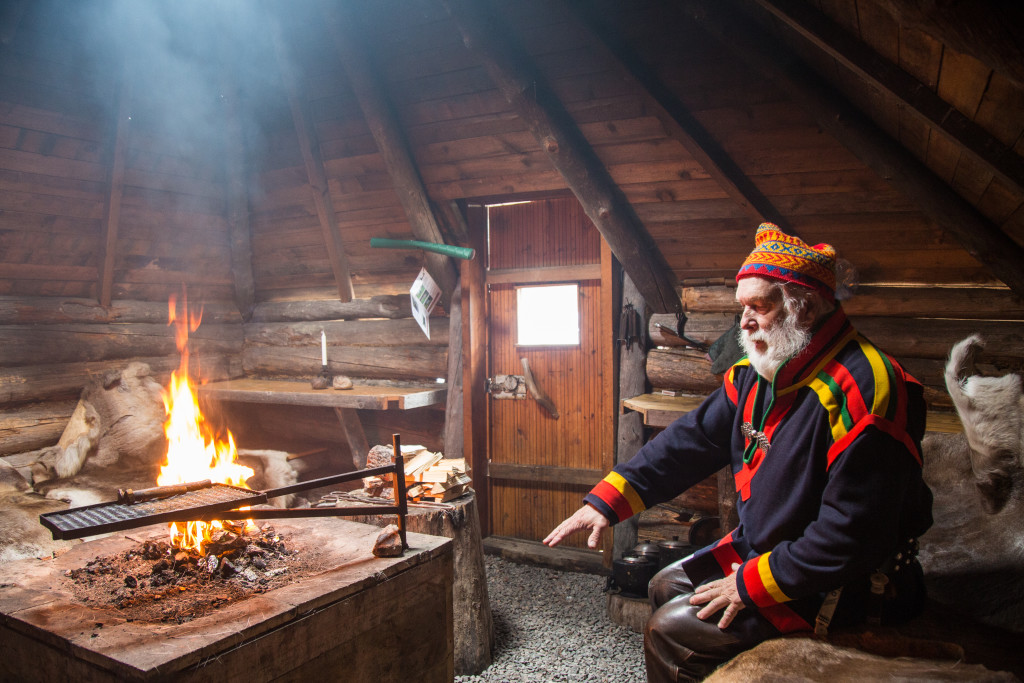ÅRSTIDSFOLKET I GORGIIM
Bara cirka en timmes bilfärd från Boden får du ett minnesvärt besök hos skogssamen Lars i Gorgiim, Råne Älvdal. Möt renarna, lyssna på Lars Erikssons livsvisdom och samiska berättelser vid lägerelden, och framförallt, känn lugnet.
Längs vägen till Årstidsfolket i Gorgiim , Flakaberg, passerar du gränsen mellan dåtid och nutid. Gammelskog möter nyavverkade hyggen och de gamla skogssamiska myterna och traditionerna möter det svenska samhället.
Med sitt vita skägg, plirande ögon och varma leende inger Lars Eriksson ett första intryck av en godmodig tomte, iklädd samisk kolt med Rudolf och de andra renarna runt sig. Årets renkalvar tittar nyfiket fram bakom honom. Runt om på gården skvallrar klämtande skällor om att renar rör sig hemtamt alldeles intill. En kikar ut ur vedskjulet. En annan hälsar nyfiket på besökarna.
För honom var valet att föra rennäringen vidare självklart, liksom för hans bröder.
Ur den timrade eldstaden ryker det välkomnande och kaffepannan sätts genast på. Och så börjar Lars Eriksson berätta. Pulsen går ner i takt med att elden flammar och sprakar och du smuttar på ditt kokkaffe, som sällan smakar så gott som tillagat över öppen eld.
Lars Eriksson är född och uppvuxen i en skogssamisk familj som har bedrivit rennäring på samma plats sedan generationer tillbaka. För honom var valet att föra rennäringen vidare självklart, liksom för hans bröder.
– När jag var 13 lämnade jag skolan och sa till läraren som skulle övertala mig att fortsätta, att hämta mig ni, men jag kommer fara hem! Sen var jag hela den sommaren i kalvmärkningen, och sen dess har jag levt och färdats i skog och mark.
Berättelsen om Lars liv väver sakta en bild av den samiska kulturens utveckling och möte med det svenska samhällets krav.
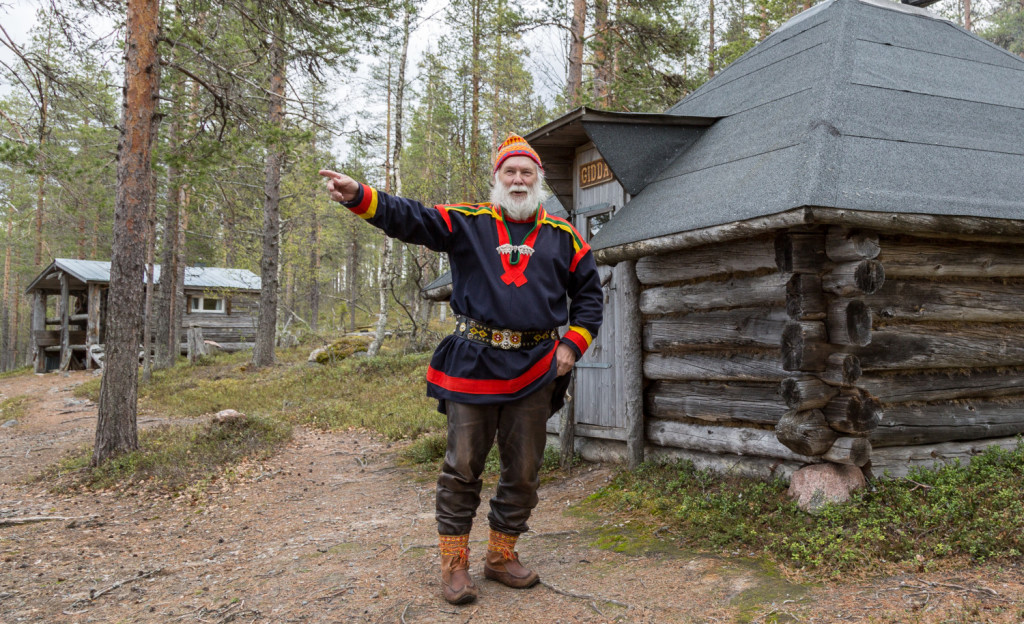
Lars placerades som många andra samiska barn i svensk skola och förbjöds att tala sitt modersmål. Den samiska heliga offerplatsen inte långt från där vi befinner oss, så väl vald att ingen skulle råka snubbla över den om du inte visste att den fanns där och medvetet uppsökte den för tröst och kraft, den förbjöds. Liksom jojken, samernas uttrycksfulla sång, skulle även tron på de samiska gudarna dödas. Naturmediciner och kunnandet om naturens läkekraft bestraffades och samiska straffångar slet med att frakta malmen längs malmens led, som också den passerar genom området vi är i.
Men Lars beskriver också den livsglädje och kärleken till naturen och renen som är så central i den samiska kulturen. Den ä en kraft som har gjort att den samiska kulturen fortsätter att leva och utvecklas och att språket finns kvar. Professorer och språkforskare har genom åren hittat just till Lars föräldragård för att studera och dokumentera det han kallar ”ursamiskan” för eftervärlden. Det samiska språket har ord för detaljer som saknar svensk motsvarighet. Olika sorters snö kunde vara livsavgörande att snabbt kunna förklara med ett enda ord. Eldens olika skepnader likaså.
På våren vandrar renen mot höglänta områden och under kalvningen krävs extra vaksamhet mot rovdjur.
När Lars beskriver hur han under hela sitt liv har levt i samklang med renen och naturen glittrar det till i hans bruna ögon. Hans berättelser och upplevelser är äkta, från hjärtat.
– De folk som har levt av och med naturens krafter har levt ett gott liv, konstaterar han.
Han kunde färdas ensam med renarna i veckor. Medan hustrun, som i den samiska kulturen har en stark ställning, hade huvudansvaret för allt hemma, var han ute ensam, med skidorna och hunden som enda redskap.
– En bra renhund betydde allt, den kunde vara som fem man ute i skogen.
Han levde nära sin hjord i snö och regn, mygg och midnattssol, sov under bar himmel eller i kåtor längs vägen, stannade och gjorde eld när renarna stannade, läste av djuren, om de var trötta, törstiga, vaksamma eller ivriga, och följde dem genom året och dess vandringar, som fortfarande är djupt rotade i renen.
På våren vandrar renen mot höglänta områden och under kalvningen krävs extra vaksamhet mot rovdjur. På sommaren hålls kalvmärkningar, som är ett fenomen i sig för den oinvigde. Varje kalv följer sin mamma, vajan, troget. Alla renskötare har ett eget renmärke som har märkts i de vuxna renarnas öron. För utomstående kan det tyckas helt omöjligt att urskilja skillnaderna på en kalvmärkning där mängder av djur med olika ägare rör sig tillsammans. Men renskötarens vana öga är knivskarpt. Skickligt snaras kalvarna fast och märks med samma märke som mamman har. Lika snabbt och magiskt återfinner kalven och vajan varandra i det myller av djur som rör sig runt runt i hagen i den svala sommarnatten, alla åt samma håll, med sina karaktäristiska läten.
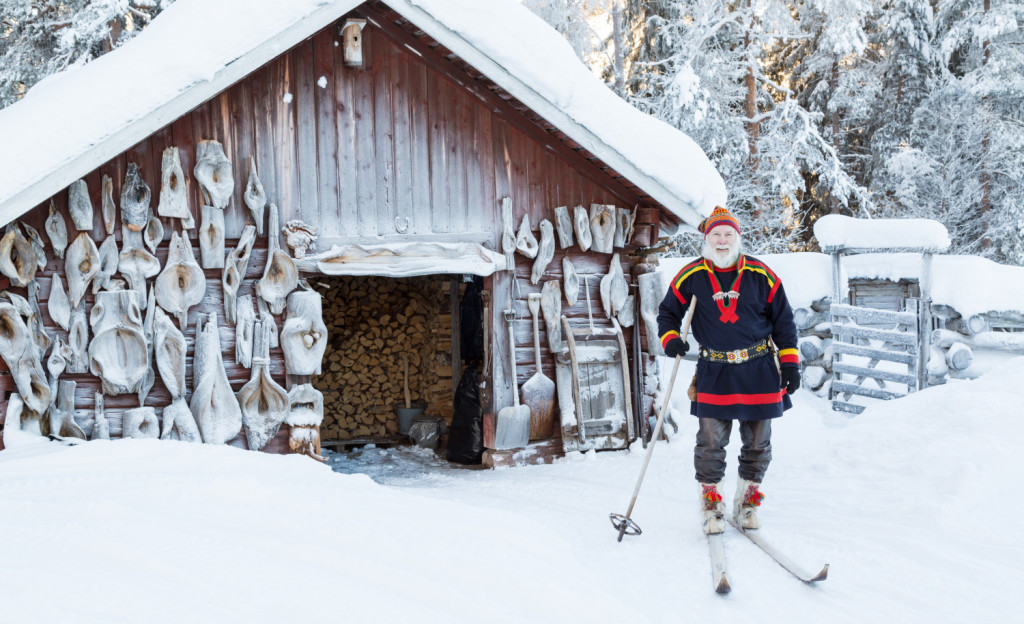
Under hösten kommer slakten där allt tas tillvara på renen. Senorna blir seg och hållbar tråd, hornen blir slöjdämnen och så vidare.
– Jag brukade ta reda på bälingarna, skinnet längst ner på renens ben, och göra bytesaffär med en gumma som var duktig på att göra riktiga bälingskor. De var både varma och mjuka och kunde hålla i flera år, berättar Lars.
Under förvinter och vinter följde Lars åter sina renar ner mot vinterbeteslandet närmare kusten. Hårda vintrar då vitmossan var svår för renarna att komma åt kunde trädens hänglav i skogslandet bli räddningen. Lars beskriver hur markerna finns kvar än idag, men att skidor har ersatts med skotrar, kraven på teknik har ökat, hänglav och vitmossa är försvunnen på många håll och renens vandringar bitvis har tvingats ersättas med kostsamma lastbilstransporter.
– Vi levde en hel familj på några hundra renar och var helt självförsörjande. Det skulle inte fungera idag.
Under hösten kommer slakten där allt tas tillvara på renen.
Som pensionär har Lars lagt den traditionella renskötseln på hyllan och har sina renar nära sig på gården året runt, till besökarnas stora glädje. På midsommarafton visar han hur kalvmärkning går till. Renarna släpps sedan ut ur hägnet men håller sig ofta kring gården ändå.
Vid den intilliggande sjön har de även tre timrade stugor för uthyrning för dig som vill bo avskilt med naturen som närmaste granne. Här finns också en skogssamisk kåta där Lars tar emot grupper och berättar sin historia. Och sist men inte minst, en timrad vedeldad bastu där du kan smälta alla intryck till den knastrande eldens lugnande ljud, vintertid rulla dig i snön utanför och sommartid svalka dig med ett dopp i sjön bara några steg utanför dörren. Med sommarens midnattssol eller vinterns stjärnklara himmel, kanske till och med ett norrsken över himlavalvet redan från tidig höst, är det lätt att instämma i Lars filosofiska ord om att den som levde nära naturen levde ett gott liv. Prova, du också!
Text: Anna Bergström
Foto: Eric Borg
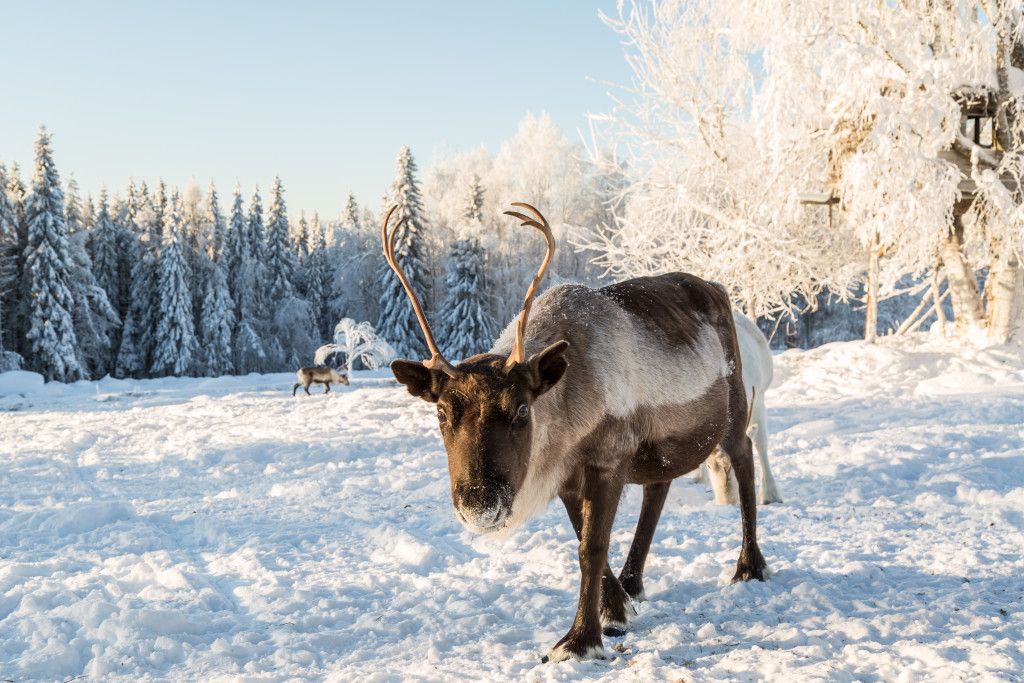
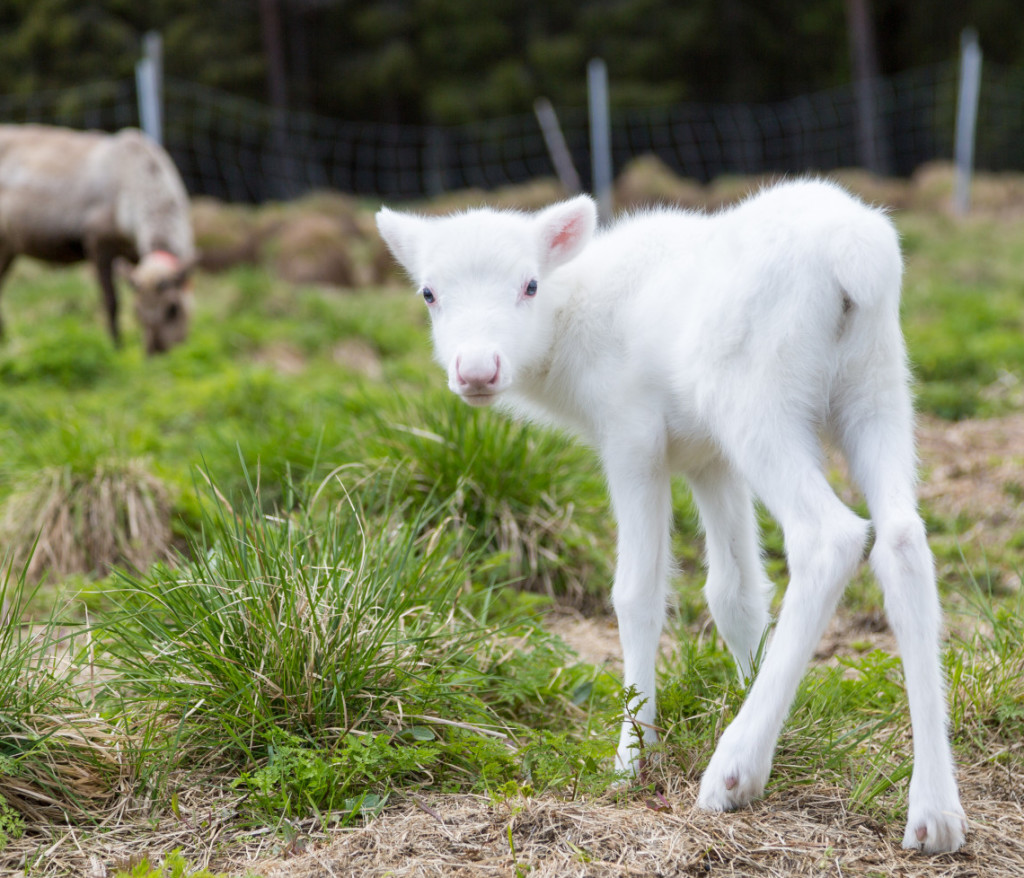
Fiskeguiderna i Boden beskriver fisket som en adrenalingivande avkoppling och en utmaning att lura fisken till hugg. Att förstå naturen, biologi och ekologi är grunden till att bli en lyckad fiskare, även om man ibland kan ha ren tur också. Etik och moral är också viktiga frågor.
– Vi fiskar inte gädda med hullingar till exempel, vi tillämpar catch and release, och det är också viktigt att hålla fisken på rätt sätt så den inte skadas innan den släpps tillbaka. Jag brukar säga att det ska vara så liten hantering av fisken som möjligt, förklarar Robert Westin.
Med professionella fiskeguider i sällskap kan du räkna med att fisket går rätt till, att du får fiska med bra och rätt grejer, och framförallt, hittar till det norrbottniska fiskets top-notch. Vad väntar du på? Kom!
Text: Anna Bergström
Foto: Fredrik Broman, Jacob Nilsson, Robert Westin och Michelle Staaf
